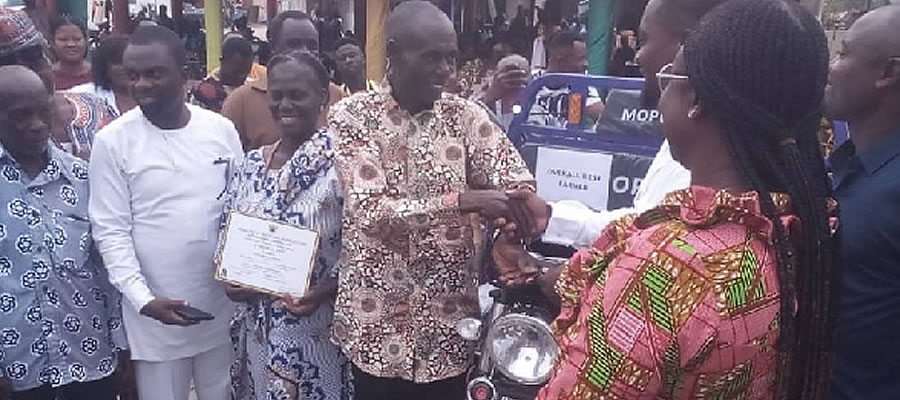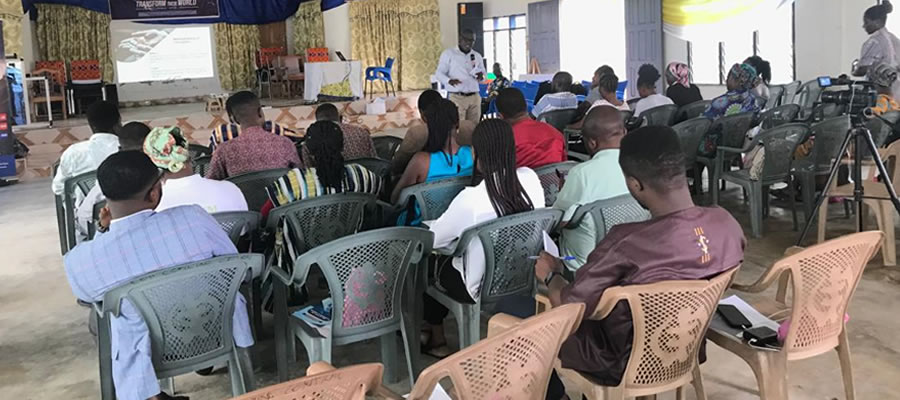

Physical Features
Location and Size
The District lies within Latitudes 50 451N and 60 51 N and Longitudes 00 151W and 00 45W. It is located in the southern part of the Eastern Region and shares boundaries with Suhum Municipality to the North; Nsawam Adoagyiri Municipality to the South; Akwapem South District to the East and Upper West Akim District and West Akim Municipality to the West. With a total land area of 499km2, Ayensuano District occupies 2.3 percent of the total land area of the Eastern Region (19, 323sq km) and constitutes 0.2 percent of the total land area of Ghana (239, 460km2).
Climate
The District is located in the forest zone of Ghana. The climatic conditions are of the tropical type where average temperatures are usually high throughout the year, ranging from 240C to 290C. The hottest months are March and April whiles the coolest months are December and January. Relative humidity especially in the rainy season (April to November) is between 87 and 91 percent. In the dry season, it is between 48 and 52 percent.
The rainfall pattern is influenced by the tropical monsoon winds which originate from the south-west and move to the north-east. The first and major season occurs between April and July and the second and minor season occurs between September and November. The annual rainfall figure for the district ranges between 1270 mm and 1651 mm.
Vegetation
The District was originally covered by a semi deciduous forest. However, human activity in the form of cultivation, lumbering and extraction of fuel wood has considerably reduced the land covered by the original vegetation to an insignificant level and is now covered mostly by re-growth thickets and secondary forests.
The District has very suitable soil conditions for the development of agriculture and the lumber industry. There are large scale production of cash crops such as cocoa, oil palm, cassava, plantain, maize, vegetables and fruits. These crops are produced on commercial and subsistence basis.
Relief and Drainage
The area has a few highlands with the Atiwa range which stands at about 610 m above sea level being the highest elevation in the District. This range is the catchment area of the major rivers and streams in the District, namely Ayensu and Kua.
The major underlying rocks in the District are economically important as it contains most of the valuable minerals such as Gold and Bauxite which can be exploited for foreign exchange. The rocks found in the District are also suitable for both building and constructional purposes and can therefore be exploited to the benefit of the District.
Date Created : 11/23/2017 6:59:20 AM











 facebook
facebook
 twitter
twitter
 Youtube
Youtube
 +233 593 831 280
+233 593 831 280 0800 430 430
0800 430 430 GPS: GE-231-4383
GPS: GE-231-4383 info@ghanadistricts.com
info@ghanadistricts.com Box GP1044, Accra, Ghana
Box GP1044, Accra, Ghana